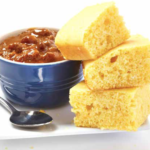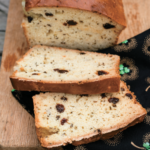We’re celebrating wine and cheese this week within the Workman family with the publication of two new books–The Guide to West Coast Cheese and Essential Wines and Wineries of the Pacific Northwest. Learn even more about the delicious marriage between dairy and grapes at the Timber Press blog and Story Publishing blog.

Cheeses, as Thomas Keller’s Ad Hoc at Home points out, are infinitely nuanced, with a complex range of flavors and textures. Cheese can be explored the same way you might explore new wines, so go to a local purveyor and sample until you find your favorites. But you may want a little background about what you’re trying:
- Cheese can be made from cow, sheep or goat’s milk.
- A cheese rind can be described as bloomed, washed or flavored.
- For a bloomed rind, mold spores are sprayed on cheeses, where they develop a soft white exterior (think Camembert).
- A washed rind indicates a cheese that has been bathed, often in wine or beer, facilitating the growth of beneficial bacteria. Washed-rind cheeses are typically very pungent, such as Taleggio.
- Cheeses may also be coated in ash or herbs to introduce different flavors.
Now that you know a little about what you’re eating, here are a few of Thomas Keller’s suggestions on how to pair your cheeses:
- Try a pungent cheese with something savory, such as prosciutto or salami.
- Sweet, creamy cheeses go well with some form of fruit – fresh, dried or cooked. You can try pears, apples, grapes, apricots, peaches, tangerines, dates and raisins.
- Think about including a crunchy component with your cheeses. Toast, flatbread, or nuts (candied, herbed, toasted) all work.





1 Comment
Serge Lescouarnec
September 8, 2010 at 11:17 amSeems like links for books–The Guide to West Coast Cheese and Essential Wines and Wineries of the Pacific Northwest–are broken.
One title that also got my interest on Timber Press is ‘The Chile Pepper Book.
Serge the Concierge
Facebook: sergetheconcierge
Twitter: @theconcierge